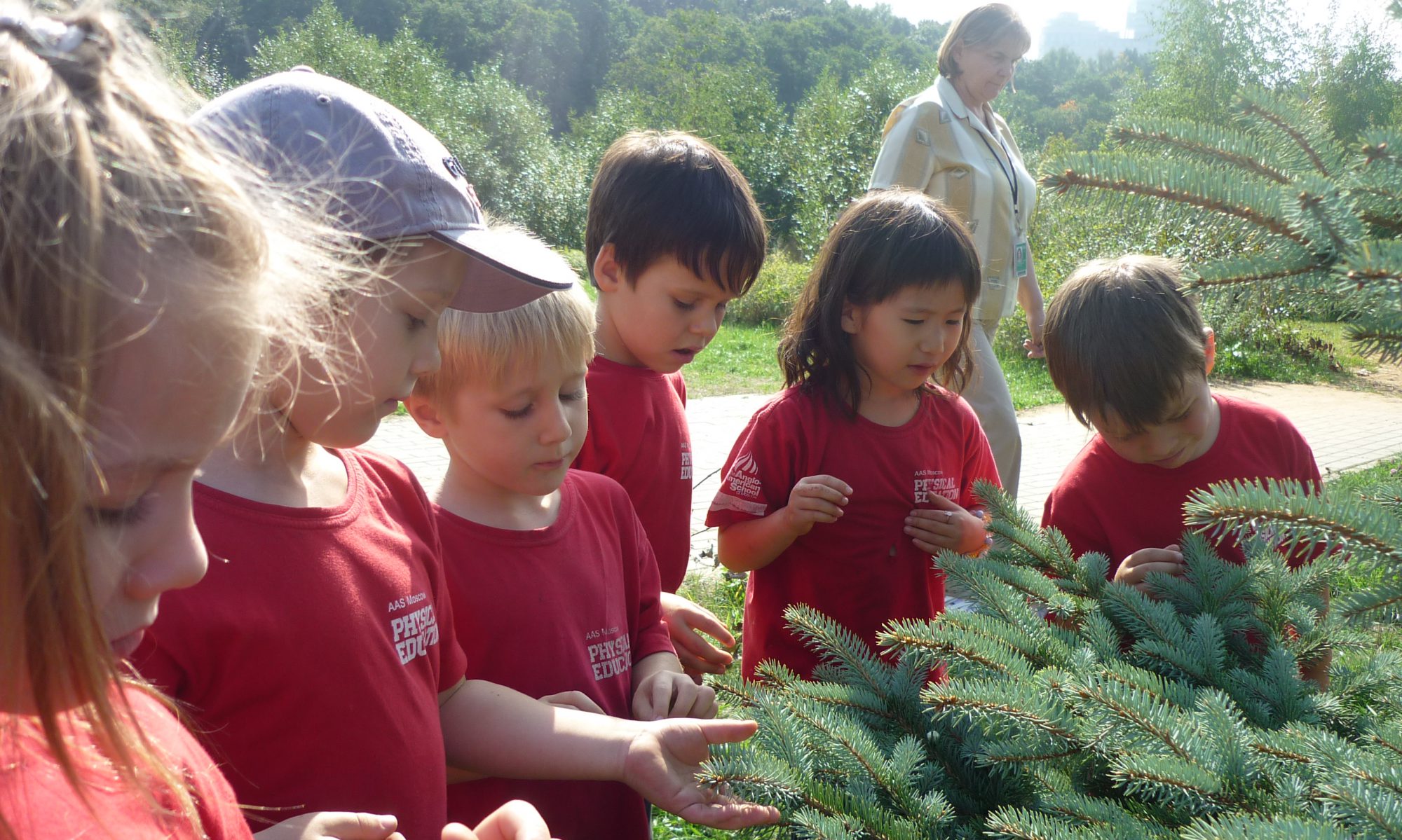We went to our first forest walk at the Pokrovsky Forest. We collected lots of big sticks. We made a “Nature Collage” in the hallway. We saw different kinds of flowers and trees. We saw a pond with ducks swimming in there. We found the beaver’s house with something fluffy and white on it. There were many leaves covering it too. We walked up and down the stairs when we went to the beaver’s house. The stairs were near the beaver’s house. We saw holes near the beaver’s house. We wondered if that’s how the beaver gets into his house or how the beaver gets into the water. We also saw lots and lots of green grass and brown leaves on the ground. The leaves must be falling down from the trees. We saw mushrooms as well. We wondered if they are poisonous or not. We enjoyed our forest walk because we like Autumn.
KZE writers: Kyle, Fatima, Michael, Emerson, Liam, Charlie, Max, Lizzy, Trace, Lisa, Hannes, Freddie, Daisy, Scarlett, Safiya, and Mrs. Zurfluh




